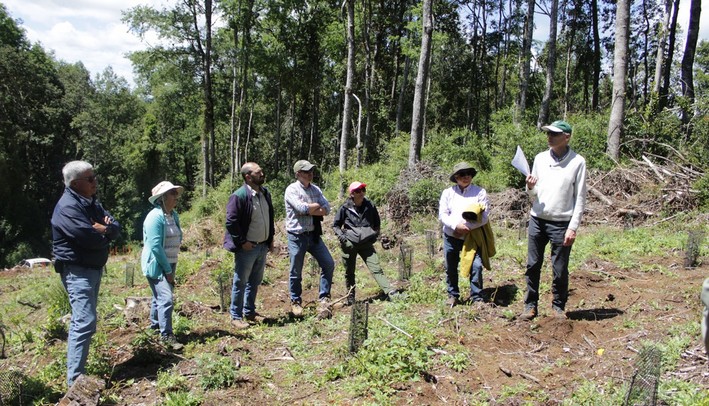Trees "Hold Their Breath" in Response to Wildfire Smoke
- Researchers discover that trees close their pores to protect themselves from smoke, a mechanism similar to the human response.
Wildfires not only pose an immediate danger to life and property but also threaten vegetation that cannot escape the smoke.
A recent study by Colorado State University revealed that trees, when faced with dense smoke clouds, can close their stomata as a defense mechanism—a response reminiscent of the advice given to humans to stay indoors during such events.
During the 2020 wildfire season in the western United States, researchers observed that Ponderosa pine leaves stopped photosynthesizing efficiently. By adjusting the environmental conditions of the leaves, they managed to restore normal activity, indicating that smoke is responsible for this temporary halt in gas exchange.
Wildfire smoke is composed of various elements that can be harmful to plants. One of the most damaging is tropospheric ozone, which can harm leaf surfaces and negatively impact photosynthesis. This finding is crucial, as the duration of smoke's effects on vegetation and how repeated smoke exposure events may affect plants long-term remain unknown.
With climate change increasing the frequency and severity of wildfires, understanding how these events affect vegetation is vital. Researchers Delphine Farmer and Mj Riches emphasize the need to study these effects to develop forest and agricultural management strategies that help mitigate smoke's impact on plants.
This discovery not only provides deeper insight into trees' resilience against environmental challenges but also opens the door to new research that could improve land management practices and the conservation of ecosystems affected by wildfires.

















